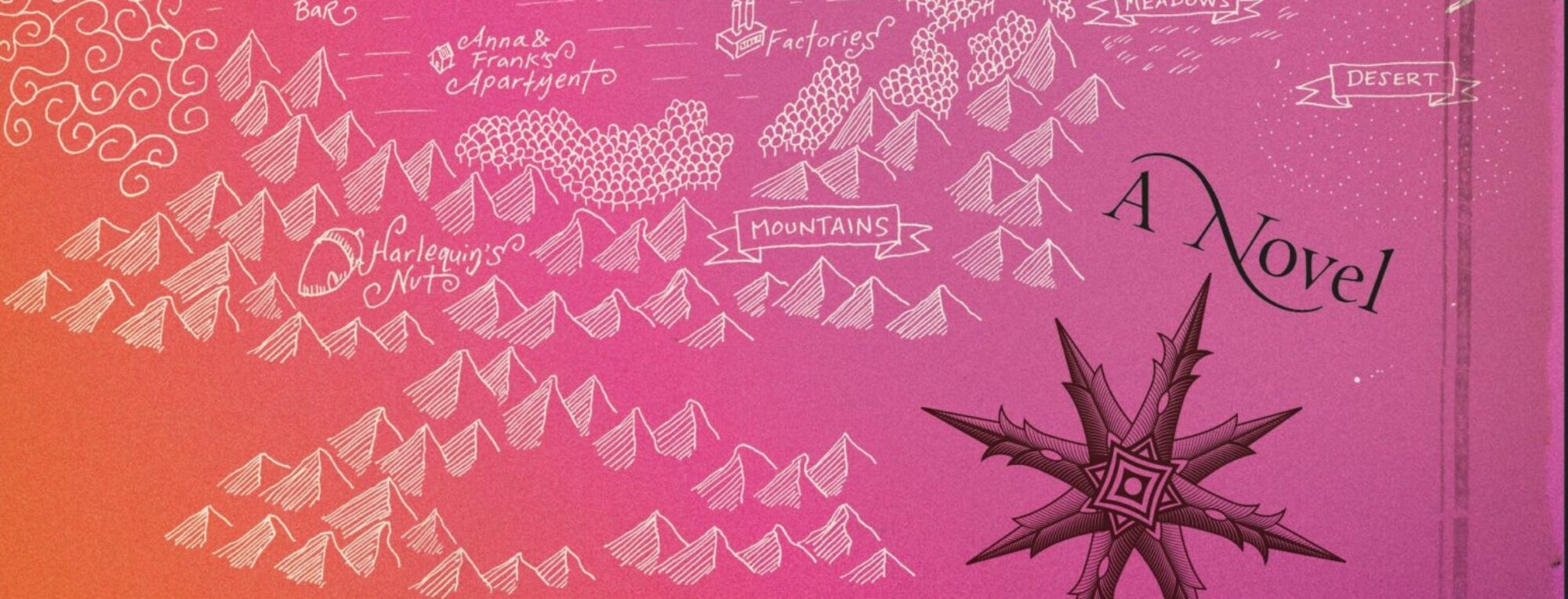Fantasy plays an enormous role in eating. But in the realm of pastry it is off the charts. At Cronut founder Dominique Ansel’s two bakeries in Manhattan, I saw a pastry made of sesame and cherry imitating a Japanese paper crane. I saw another confection made to look and taste like a giant blackberry. I saw orange-pink grapefruit arranged to appear (it was clear to me, at least) as an excited vulva, spreading itself atop a lemon-thyme tart. And none of this effort was about looks alone, for the taste and textures of each of Ansel’s extravagant, superb objects was as rich and complex as a novel.
Let me get one thing out of the way – this is not going to be a review of the Cronut. In a way, I wish it were, for the croissant-doughnut with fillings like Blueberry Lemon Verbena and Gianduja Blood Orange looks divine on Instagram, but I do not get up at six in the morning to purchase anything. Still, in an oblique way you could say this IS a review of the Cronut, for the legend of the Cronut utterly shapes the experience of dining at its creator’s bakeries, even at the West Village location that has never sold them.
My best time at Dominique Ansel (in either location) was my first visit, to the Soho store on Spring Street. There were two traveling-model types cutesily taking pictures of each other next to famous chocolate desserts, but there were only two of them, and the shop is large once you get past the narrowish front. In the back there is a large, lovely seating area whose ceiling is one vast skylight, so the room is filled with sun. There is lemon water available for guests, and the space looks out onto an outdoor garden that also has abundant tables and chairs.
Sitting in the sunny back room, I ate the giant blackberry. It turned out to be a dark purple globe of blackberry geleé encircling a mousse made of milk chocolate and rosemary. The mousse in turn enclosed a core of housemade blackberry jam, and mousse and jam stood together atop a little chocolate dacquoise cake. The milk chocolate, the rosemary, and various blackberry formations startlingly combined to taste like blackberry in the mouth. Or, I should say, to taste more like blackberry than an actual blackberry would. The globe tasted like what Wallace Stevens might have called The Blackberry at the End of the Mind, with the heft and darkness (here from chocolate) that you always find yourself wanting in blackberry to complement and reconcile its high, acid notes. Continue reading “Fantasy Encounters with Dessert”


